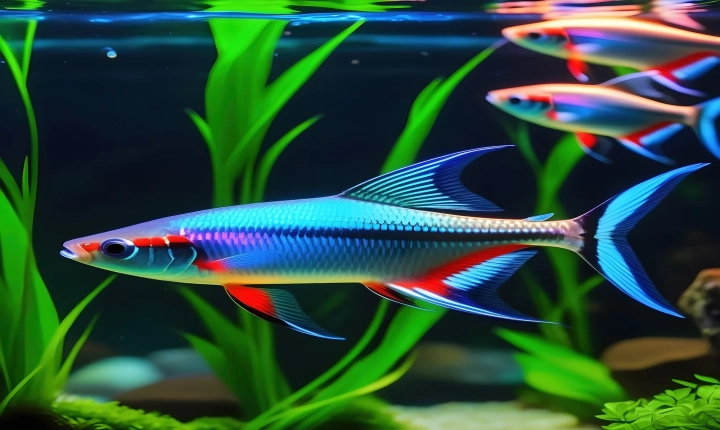Title: How to Use Photoshop AI for Free: A Step-by-Step Guide
With the rising demand for high-quality graphic design and image editing, Adobe Photoshop has become a go-to tool for many professionals and enthusiasts. However, the subscription-based model of Adobe Creative Cloud can be cost-prohibitive for some users. Fortunately, with the advancement of technology, there are free alternatives available, and one of the most promising options is the use of AI-powered online tools that mimic the functionality of Photoshop. In this article, we will walk you through the process of using Photoshop AI for free.
Step 1: Choose the Right Photoshop AI Tool
There are several online platforms that provide AI-powered image editing capabilities, such as Photopea, Pixlr, and Fotor. For the purpose of this tutorial, we will use Photopea, as it offers a wide range of features and a layout that closely resembles Photoshop.
Step 2: Access Photopea
Simply open your web browser and navigate to the Photopea website. You can start using the platform immediately without the need for a download or installation.
Step 3: Familiarize Yourself with the Interface
Upon entering Photopea, you will notice similarities to the Photoshop interface, including toolbars, panels, and layers. Spend some time acquainting yourself with the layout to make navigation more seamless.
Step 4: Import and Edit Images
To begin editing an image, you can either drag and drop a file into the Photopea window or use the “File” menu to open an existing image. Once your image is loaded, you can apply a myriad of adjustments, filters, and effects just like you would in Photoshop.
Step 5: Master the Essential Tools
Photopea provides a wide array of tools, such as the selection tools, brushes, clone stamp, and text tool. Experiment with these tools to understand their functions and how they can be used to enhance your images.
Step 6: Learn Advanced Techniques
Explore the more advanced features of Photopea, such as layer masks, blending modes, and adjustment layers. These features will allow you to take your editing skills to the next level and produce professional-quality results.
Step 7: Export and Save Your Work
After completing your edits, you can save your work in various file formats, including JPEG, PNG, or PSD. This ensures that your edited images can be easily shared or further modified in the future.
Conclusion
In conclusion, the emergence of AI-powered image editing tools has opened up a world of possibilities for users who may not have access to or the budget for Adobe Photoshop. By following the steps outlined in this article, you can harness the power of Photoshop AI for free and create stunning visual content. Whether you’re a professional designer, a hobbyist, or a student, these tools can help you unleash your creativity and bring your ideas to life without breaking the bank.
